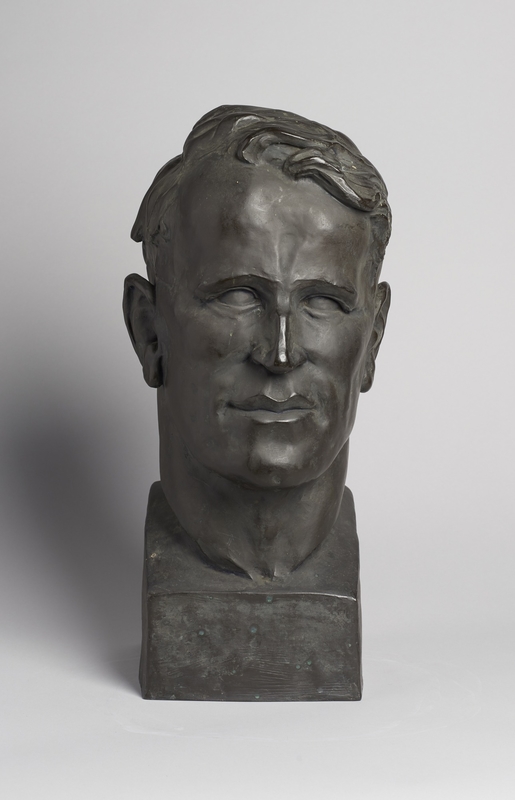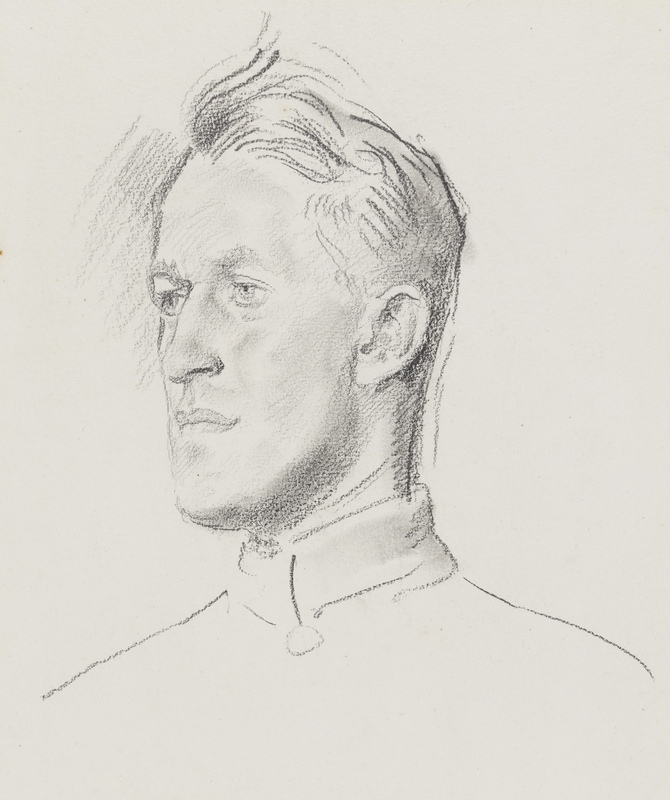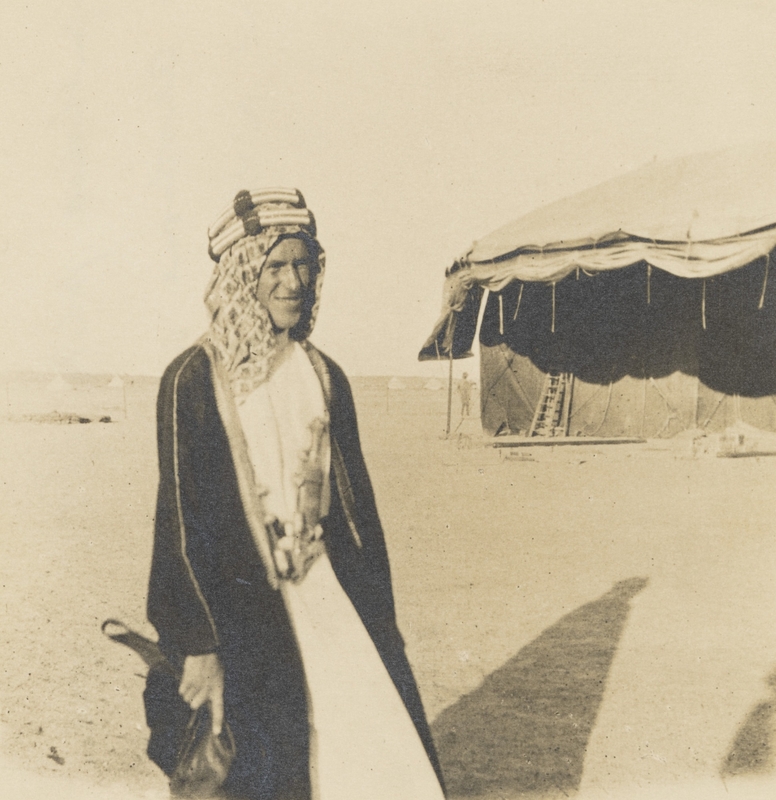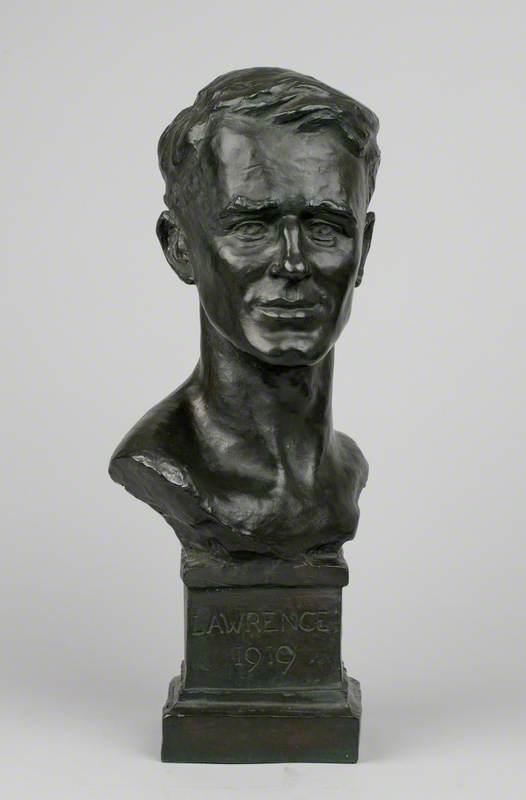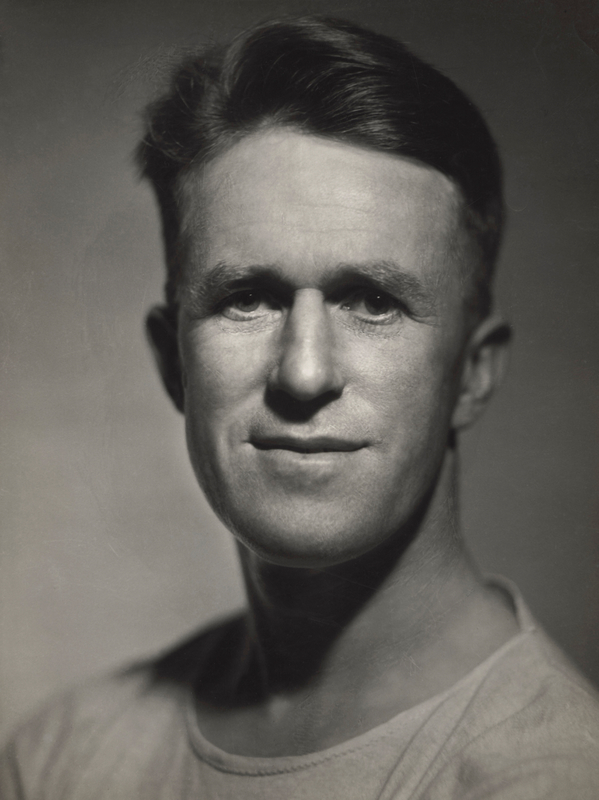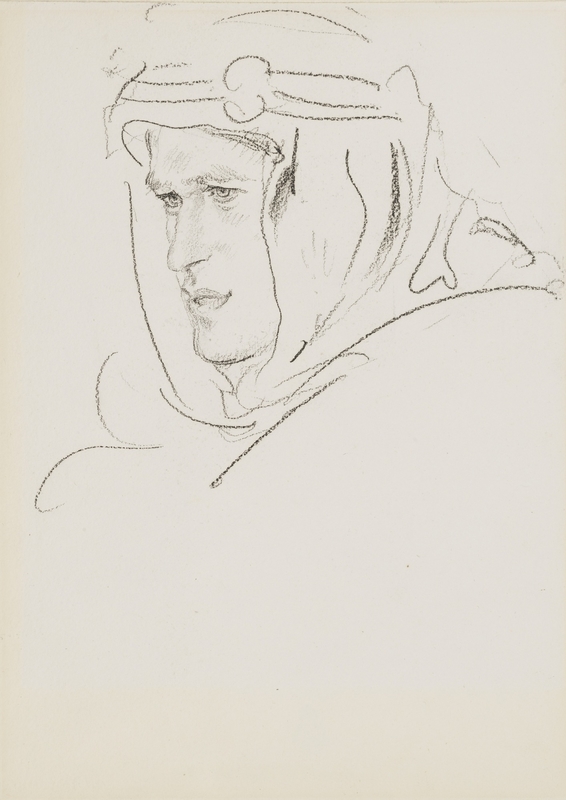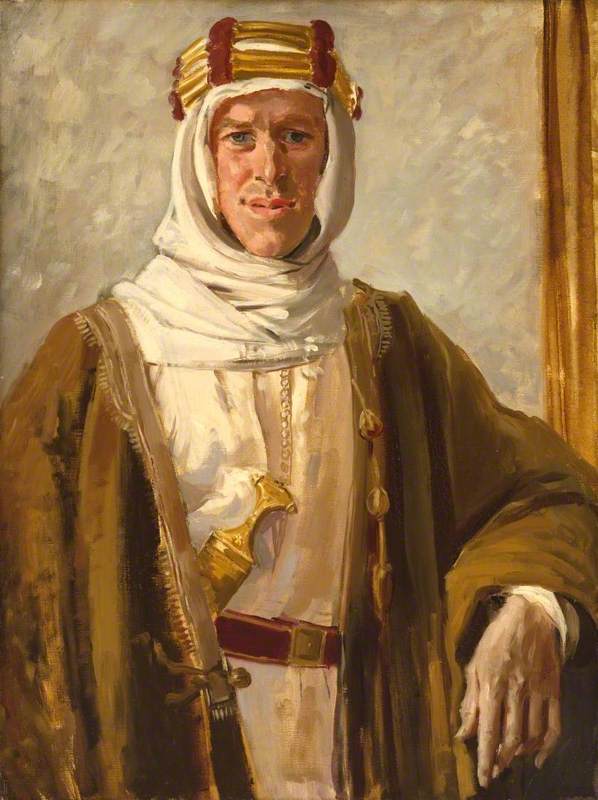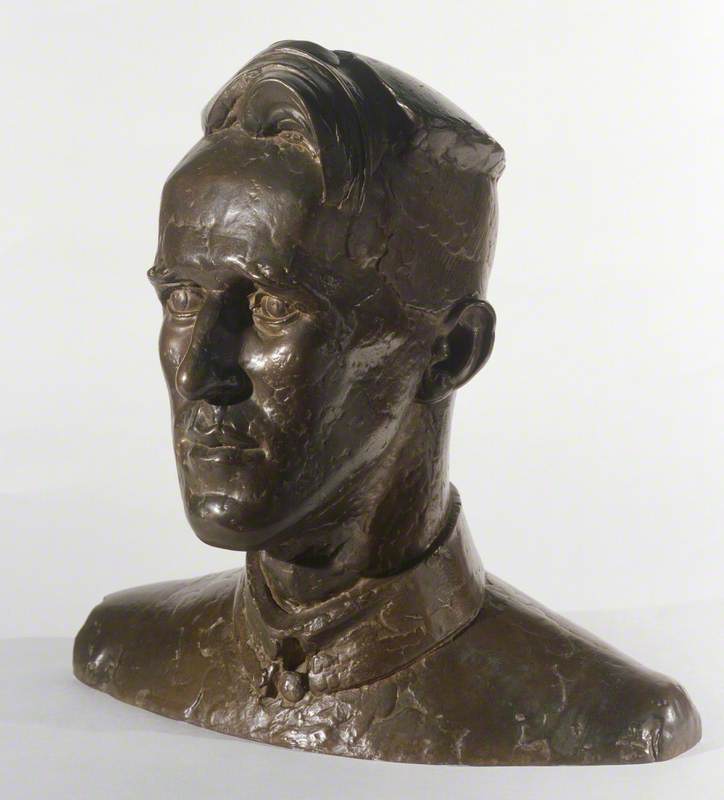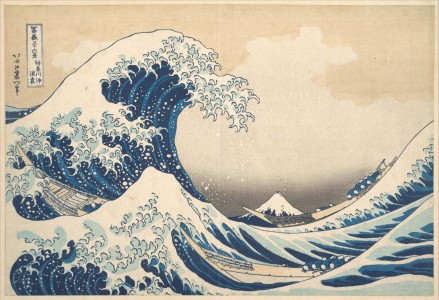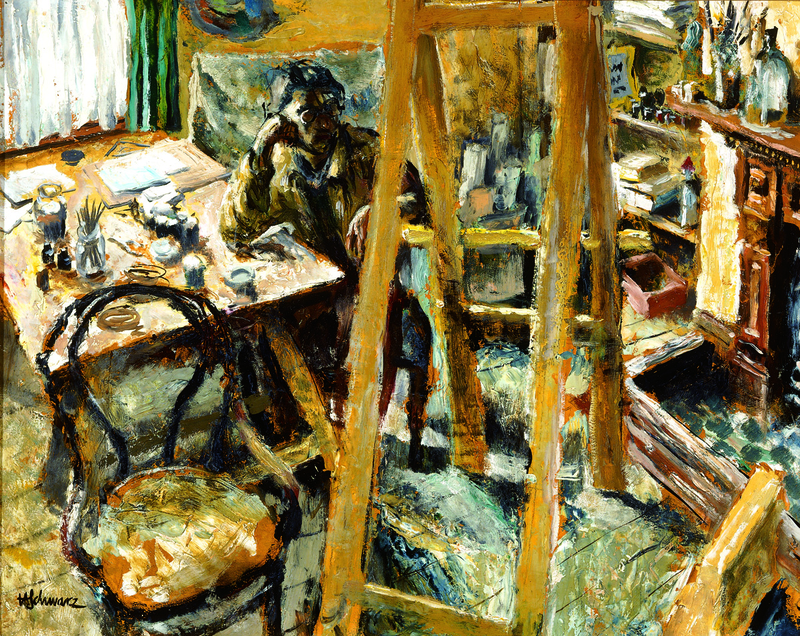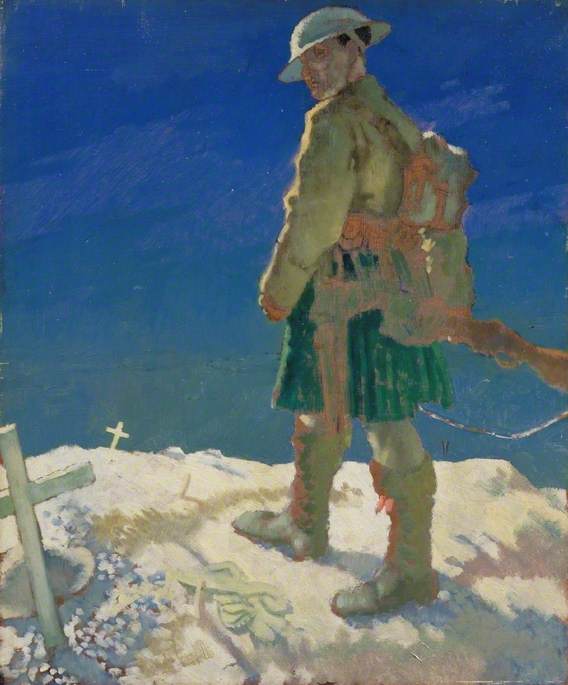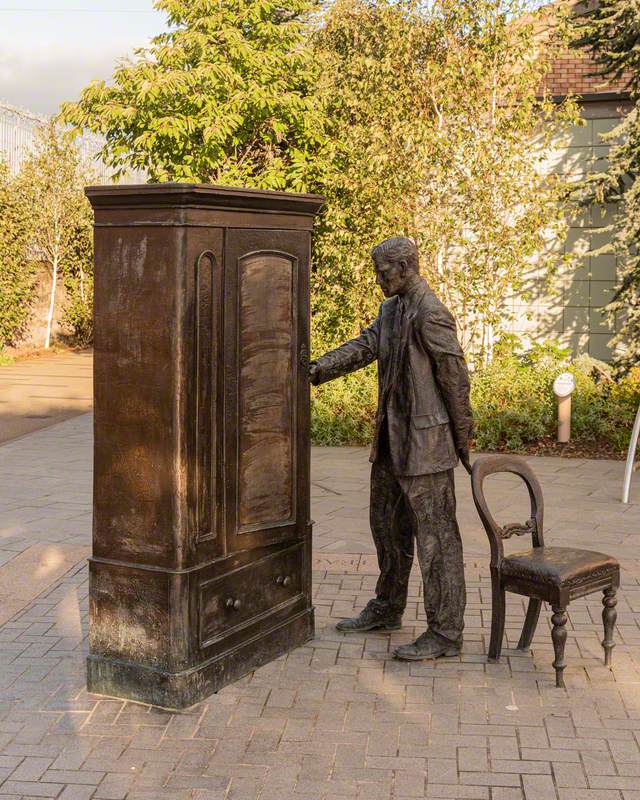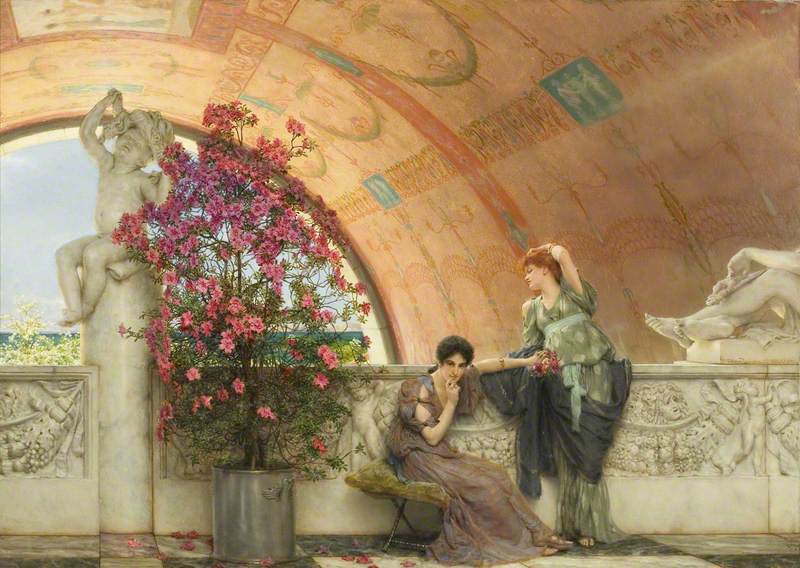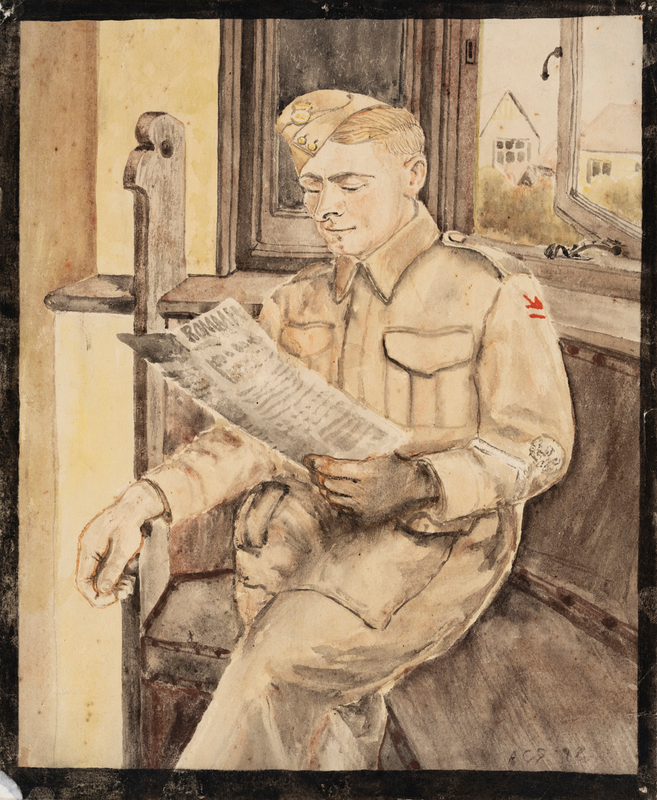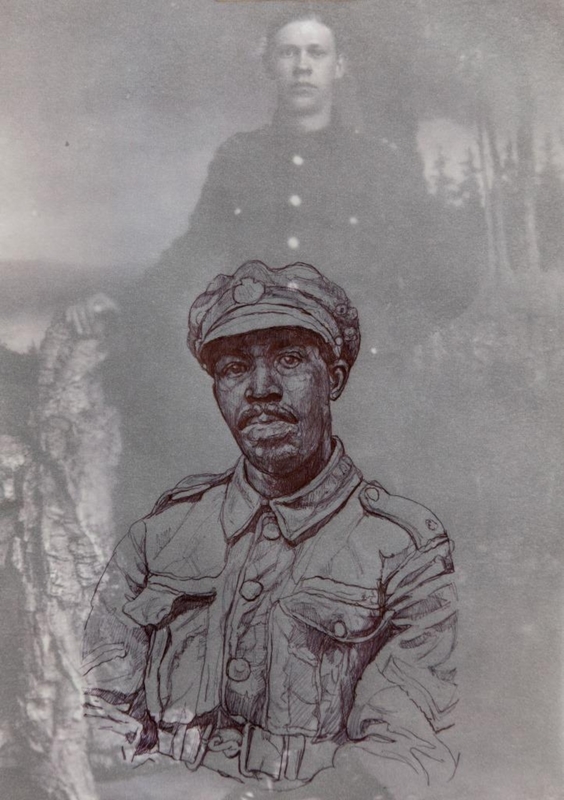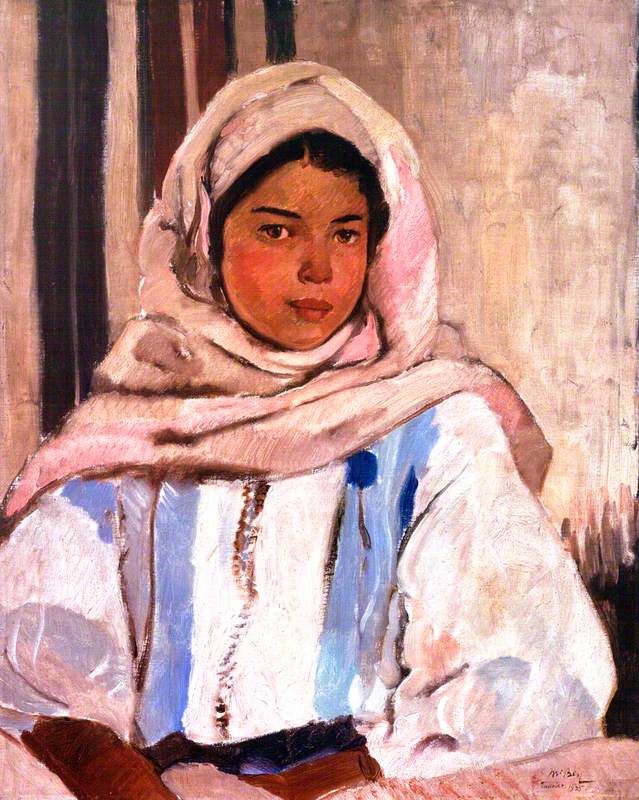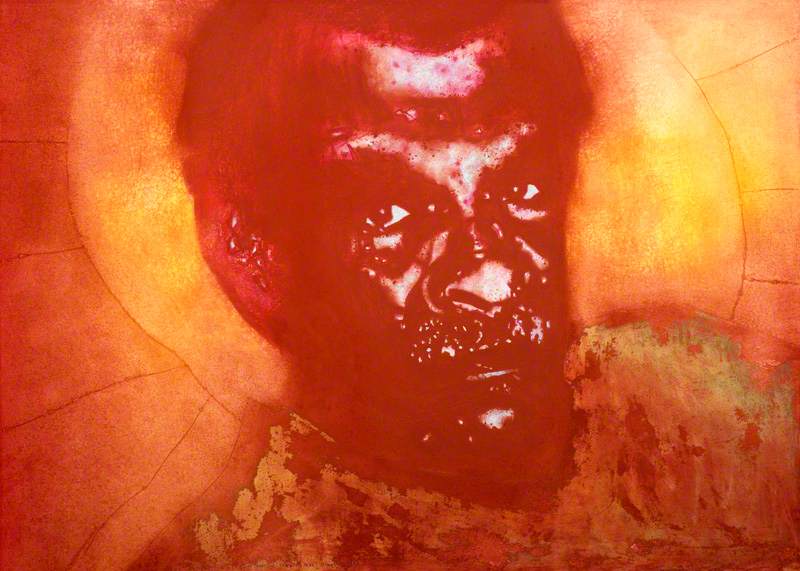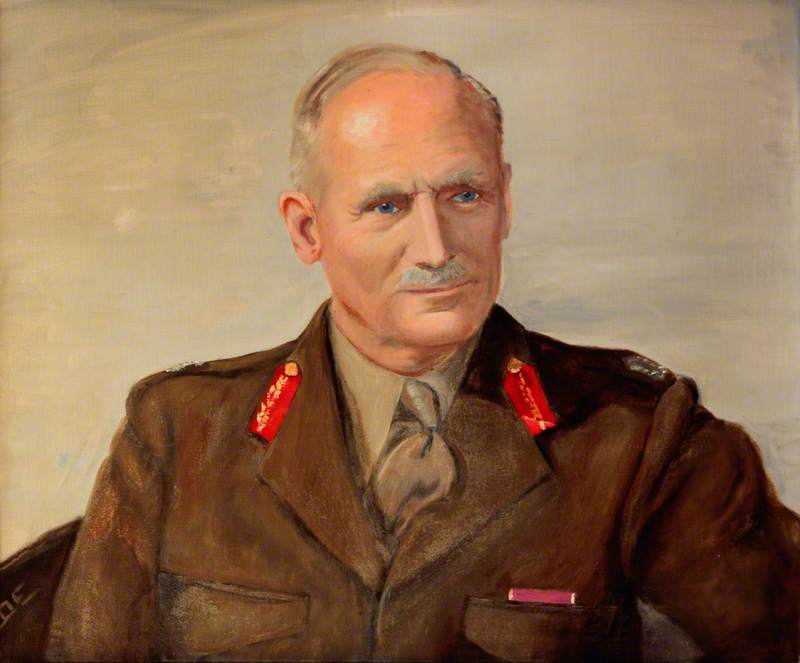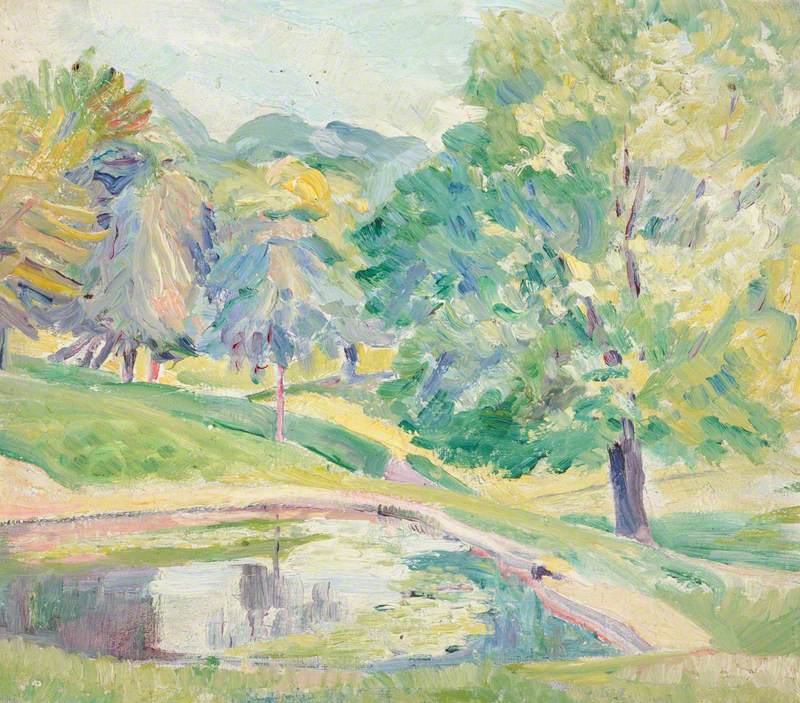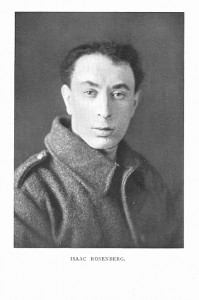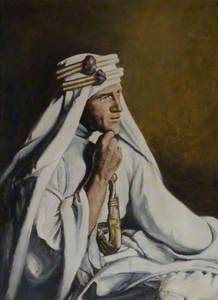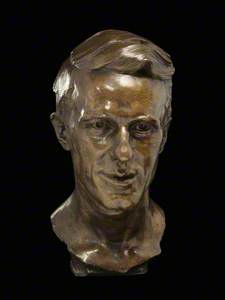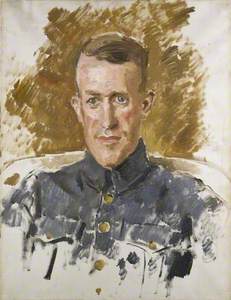The sobriquet 'Lawrence of Arabia' is nothing if not evocative. It draws forth images of a dashing young Englishman in flowing white robes, leading camel charges of Bedouin tribesmen in their revolt against the Turks.
But behind those images and legends stood a real man: Thomas Edward Lawrence (1888–1935). And within that man resided the heart of an artist.
From an early age, Lawrence showed a deep love for, and desire to participate in, the visual arts. He sketched during bicycling tours of France, illustrated his college thesis with pen-and-ink drawings of medieval castles, and drew and painted representations of artefacts excavated during his archaeological work at Carchemish, Syria. Yet the results of these efforts did not please their creator. He wrote home to his mother on one of his cycling tours, 'I wish I was a real artist.'
When the First World War erupted, Lawrence enlisted in the British Army, became an intelligence officer, and eventually was attached to the rebel Arab forces of Prince Faisal. There his exploits in directing the revolt against the Turks helped sculpt the legend for which he is best known. Then, on the day before Lawrence left Arabia at the end of the campaign, he encountered the official war artist James McBey. McBey painted Lawrence, creating an image of an emotionally and physically exhausted man, the results standing now as the oldest known surviving portrait of him.
Lieutenant Colonel T. E. Lawrence (1888–1935), CB, DSO
1918
James McBey (1883–1959) 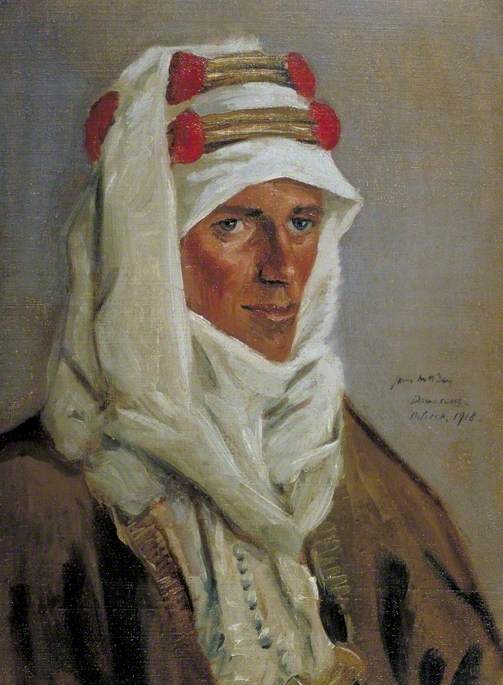
At the Paris Peace Conference of 1919, Lawrence met and sat for more artists: the painter Sir William Orpen, the sculptor Derwent Wood, and Augustus Edwin John.
Colonel T. E. Lawrence (1888–1935), CB, DSO: 'Lawrence of Arabia'
1919 & 1963
Francis Derwent Wood (1871–1926) (posthumous cast) 
In John, Lawrence found a flamboyant, intense, energetic, immensely talented soul – a true artist. And in Lawrence, John found a Romantic, eager, colourful sitter, quite unlike the drab statesmen who over-populated the conference. John drew Lawrence at least seven times and painted him another three, including perhaps the most recognisable and best-known portrait extant.
Their relationship continued for the rest of Lawrence's life, with at least eight more portraits being created.
After the Conference, Lawrence's fame exploded. Lowell Thomas's picture-show lectures about him captivated English audiences and propelled their subject to great notoriety – and access to more artists.
Lawrence commissioned a number of them to illustrate his coming memoir of the war, Seven Pillars of Wisdom. He also sat for more portraits. Colin Unwin Gill drew Lawrence in red chalk; J. Cosmo Clark sketched him in charcoal; the English Vorticist William Roberts portrayed his sitter (who had by now changed his name and enlisted in the RAF) in oils in his uniquely recognisable style.
T. E. Lawrence as Aircraftsman Shaw
1923
William Patrick Roberts (1895–1980) 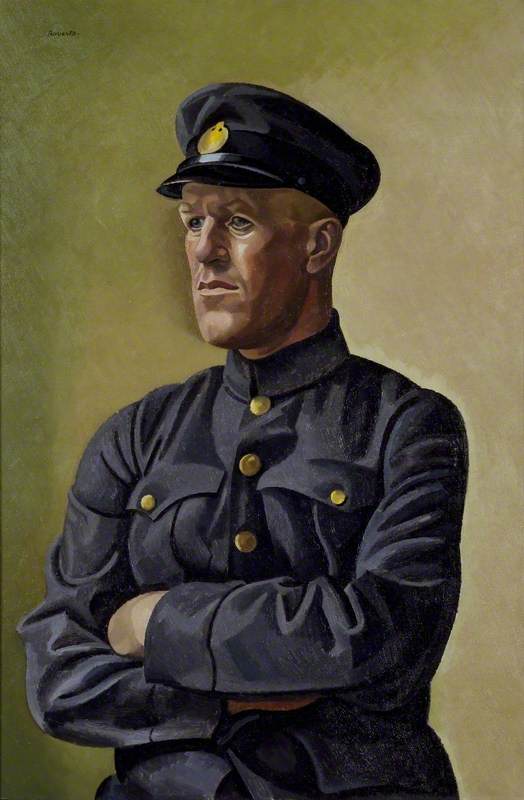
Sir William Rothenstein painted Lawrence full-length, wearing his Arab robes; Frederick Carter drew Lawrence, as Aircraftsman Shaw, in pen and ink; and sculptors Charles Wheeler and Kathleen Scott created busts, with Scott also sculpting a statuette of Lawrence in robes.
T. E. Lawrence (1888–1935)
1929
Charles Thomas Wheeler (1892–1974) 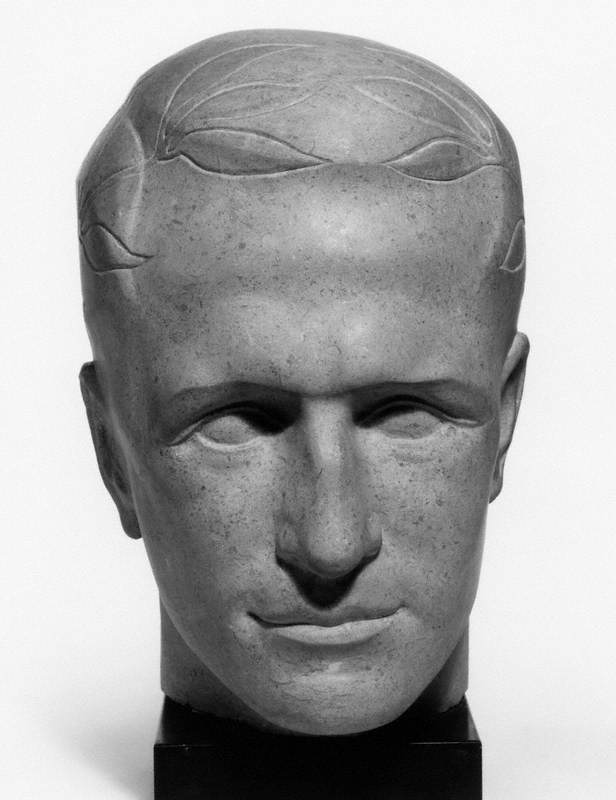
Henry Scott Tuke created a curious, full-length oil of a seated Lawrence as a young Royal Artillery enlistee.
A Cadet on Newporth Beach, near Falmouth with Another Boy in the Sea
1921/1922
Henry Scott Tuke (1858–1929) 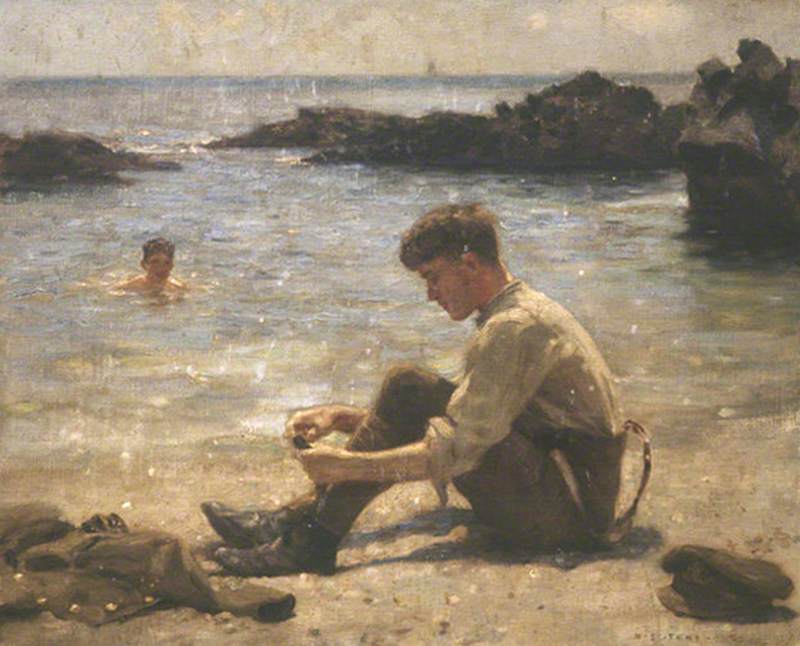
And Eric Kennington, who was to become Lawrence's closest friend among the artists, portrayed Lawrence repeatedly: in chalk, pastel, a plaster bust (with later castings in bronze), and many caricatures – in pencil, watercolor, and pen and ink.
In all, Lawrence sat for over three dozen portraits. Yet the catalogue raisonné of these works, while well developed, is by no means complete. Portraits bubble up out of private collections and appear on auction blocks – like a delicate pencil drawing of Lawrence in Arab robes by Augustus John that surfaced within the last decade and was heretofore unknown.
Others, like a John oil of Lawrence from the Peace Conference sittings, present images that are known, but whose whereabouts is not. A marvellous painting of Aircraftsman Shaw by John, which delighted both artist and sitter and was assumed lost, was recently confirmed on Art UK and belongs to the Grundy Art Gallery in Blackpool.
Air Mechanic Shaw (Colonel T. E. Lawrence of Arabia, 1888–1935)
1935
Augustus Edwin John (1878–1961) 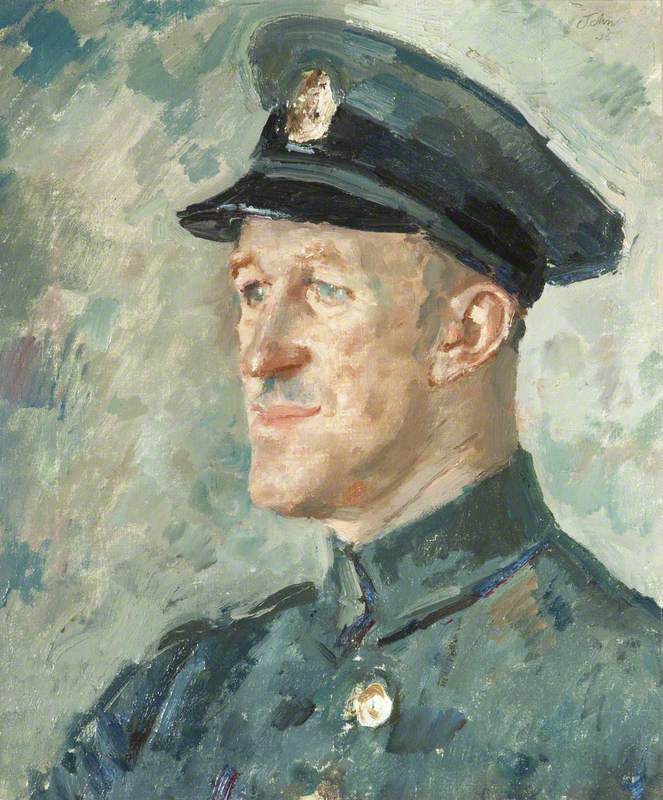
And mysteries remain: for instance, why did Tuke paint Lawrence in 1922 as he appeared in 1905? Conjectures abound, but hard facts remain elusive. There are even rumours, though very specious, of a Lawrence portrait by Pablo Picasso! When all portraits are eventually accounted for the number might approach fifty.
But why? Why was Lawrence drawn to sit for portraits so often? His friend, the author Robert Graves, felt that Lawrence had a strong sense of introspection and that by sitting he sought 'to discover what he [was], by the effect which he produce[d] on the artist.' Certainly this is true.
But there is another reason as well, one that Lawrence expressed to Graves in a letter. Lawrence wrote that he sat so often 'partly because I am asked, by the one class of human beings I'd like to belong to. I can salve the regret of not being an artist by watching artists work and providing them with a model'.
Charles Grosvenor
